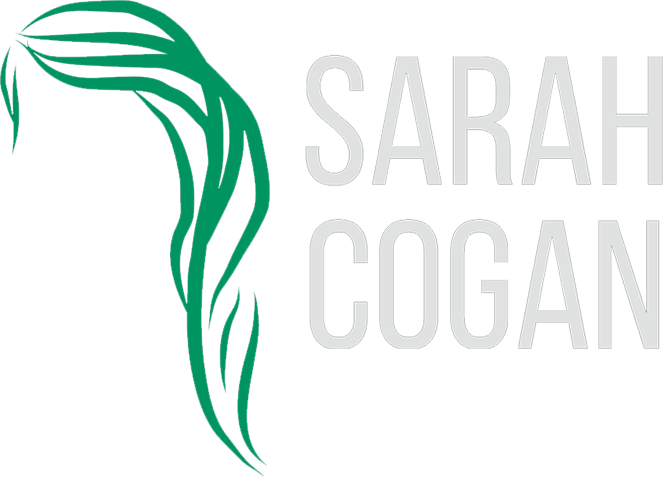7 Ways to Master Budgeting for Your Film's Design
Creating a visually stunning film requires a well-thought-out design that complements the story and engages the audience. When we have clearly thought through our design, it allows us t maximize our resources. Bringing your artistic vision to life while staying within budget can be a challenging task regardless of the scope and scale of your project. Here are some creative strategies and practical tips to help you effectively budget for your film's design, ensuring both artistic excellence and that you know how much money you’ll actually need to bring it to life.
1. Get Clear on Your Creative Goals
Before embarking on any film project, it's crucial to establish clear design goals. This will allow you to know what really matters for your film and what would be nice to have from your overall aesthetic choices, your visual themes, and those specific design elements that will make your film stand out. This will help you allocate your budget in a way that supports your vision while avoiding unnecessary expenses.
2. Collaborate with a Skilled Designers
Talented designers are an invaluable asset when it comes to crafting your film's visual style. Bringing in designers as consultants before you put your budget together will help you figure out what is actually needed for your film and where to spend the money within your budgetary needs. Designers provide valuable insights on creative options and can help you find design solutions within your budget range if needed. Talking with seasoned designers will help you know what is actually achievable on the budget you have.
3. Prioritize Key Design Elements
Identify the key design elements that are integral to your film's narrative and visual impact. Prioritize these elements during budget allocation, allocating more resources to areas that will have the greatest impact on the overall visual experience of your film and the most impact for your story. Making something that looks cool, but doesn’t serve your story will be a misuse of your funds. Focusing on what truly matters for the story ensures your funds are going to what’s truly needed and keeps you from overspending.
4. Research and Source Cost-Effective Materials
Researching and sourcing cost-effective materials can significantly impact your design budget due to higher priced items, more costly shipping or longer lead times. You always want to consult your Designers before making any purchases or rentals. It’s possible they will have a better solution for you. You can consider alternative options, such as renting props or borrowing items from local communities or organizations instead of purchasing everything out right. It’s a great way to also be a more green production with the reusing of goods. Additionally, your team and you want to explore discounts, negotiate prices, and compare quotes from multiple suppliers to get the best deals without compromising quality. When you have more prep time, your Designers and their crew have more time to find the best prices.
5. Know What You’re Shooting
You can get more bang for your buck with your budgets by being really clear about what you are actually shooting. Old-school Production Designers would only build and dress what was actually needed for a shot or scene rather than dressing a whole location just in case. Get really clear about what your shots are and where you can shoot, then stick with it and you’ll have stronger looking films because the resources will be consolidated and focused.
6. Seek Collaborative Sponsorships and Partnerships
Sponsors and partners are a great way to expand your budget, and it can be a full time job or take months for the relationships to pan out. What like-minded organizations, local businesses or industry-specific sponsors might be interested in supporting your project in exchange for exposure, press images, and testimonials. These relationships can help alleviate some budgetary burdens.
7. Regularly Check the Numbers
Throughout the filmmaking process, regularly reassess your budget and make adjustments as needed. Keep an open line of communication with your Designers and other key team members to identify any potential overspending or areas where cost savings can be achieved without compromising the design quality. It’s important that you save 10% of your budget for contingencies incase changes are made. When you change a design in the middle of the process, the funds are usually already spent on materials and labor. You will need the extra funds to cover the reworking.
Budgeting for your film's design is a delicate balancing act that requires creative thinking and strategic decision-making. By setting clear creative goals, collaborating with a skilled Designer, prioritizing key design elements, researching cost-effective materials, being specific about what you’re shooting, seeking sponsorships, and regularly reassessing your budget, you can create a visually stunning film while staying within your financial means. A well-planned design budget is a stepping stone towards successfully bringing your artistic vision to life.
For more resources on honing your creative vision, being prepared for production, and budgeting for your film’s design, check out Text to Moving Image—a workshop dedicated to film design, storytelling and budgeting for your creative vision.



